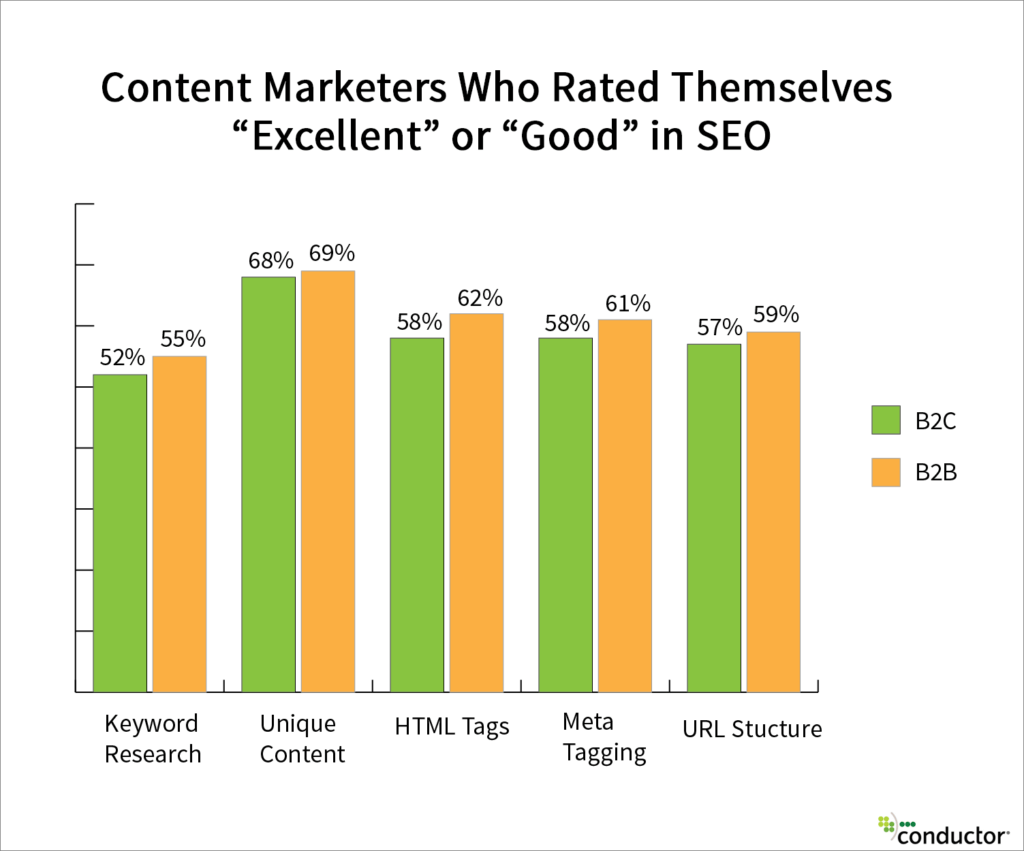B2B SaaS vs B2C SaaS – the Main Differences between the Two and how They Impact Your Strategy

We have already written about SaaS marketing strategies, but that was mostly focused on B2B SaaS companies. Let’s take a look at the differences between B2B and B2C SaaS and why they matter for your marketing strategy.
Why?
Because you may be tempted to think that all SaaS businesses are created equal – cloud-based services that cater to a certain buyer persona. While this generic affirmation is true, you also need to take into account the fact that addressing business consumer is very different from addressing individual ones.
Here’s why.
B2B SaaS vs B2C SaaS – the Main Differences
Yes, both B2B and B2C SaaS are based on subscriptions and care a lot about lead generation costs and customer acquisition costs, as well as churn rates. However, their customers, budgets and even sales cycles are different.
These are the most significant differences a marketer needs to take into account:
-
Tone of Voice
According to research conducted by Conductor, it turns out that B2B SaaS marketers feel more confident in their SEO efforts.
 Image via Conductor
Image via Conductor
And they have better results. Why? It’s quite simple: because B2B marketers speak the same “language” as their clients, which makes it easier to understand what exactly they are searching for.
Let’s look at the Sendible blog, for instance. The social media management app caters to digital marketers. So they use a lot of professional jargon. Their clients are savvy marketers, so they understand it.
But when it comes to a B2C SaaS businesses, you can’t assume the same thing. Dropbox, for instance, caters to both B2B and B2C users, but their focus is on the individual rather than the company. This is why their blog is written in a friendlier tone of voice.
The topics they tackle are also more eclectic, as they need to reach various types of buyer personas. They don’t focus exclusively on designers, for instance, or on people who want to easily share photos with friends and family members. They generic tips on how everyone can use their service.
-
Social Media Approach
Yes, everybody is on social media. But this doesn’t mean that everybody is using it the same way. According to MarketingProfs, 81% of B2B technology marketers use LinkedIn and 71% use Twitter to market their new product launches.
At the same time, research done by Agora Pulse shows that B2C companies are more likely to seek out their customers on more “entertaining” networks like Facebook, Twitter or Instagram.
This doesn’t mean that SaaS social media marketing has to be limited to certain networks depending on the type of client you cater to. The statistics above show us that most B2B SaaS find customers on LinkedIn while their B2C counterparts will engage more people of other networks.
However, both types of SaaS businesses need to have active presences on all the above networks. The main difference is where they focus most of their efforts (and budgets).
-
A Different Sales Cycle
You will rarely see a B2B buyer make a purchase on impulse. At best, they may sign up for your SaaS free trial on impulse. But they won’t make the purchase that way.
In B2B SaaS (and B2B sales in general), a purchase goes through a very long list of approvals. From team leaders to C-level execs and investment departments, everyone has a say in the matter. Thus, it can take more than a year for a full buyer journey to be completed.
When it comes to B2C SaaS, the cycle is much shorter. People can buy such services on impulse – yes, they may unsubscribe later, especially if they are not a right fit for what you are selling, but impulse purchases will still happen.
As a consequence, a B2B communicator will emphasize the product solving attributes of their SaaS solution, while a B2C one can focus more on emotions. Plus, the latter will need to create shorter, more impactful messages, while the first one should focus on thoroughly researched and long-form content.
According to industry, the differences between B2B and B2C SaaS services can be more or less visible. For the marketing and sales departments, they will always be significant. However, in both business models, you will be dealing with humans – this is something that should always be kept in mind. Remember that no SaaS business can continue to exist and thrive unless it offers real value to the humans that use it.
Need help building a marketing strategy for your B2B or B2C SaaS? You have come to the right place:


2 Comentarii la “B2B SaaS vs B2C SaaS – the Main Differences between the Two and how They Impact Your Strategy”
As a marketer and marketing agency owner, I have found that teaching and educating the client on the sales cycle is critical in the B2B space. “You mean that marketing is going to take time to see results.” As you say, there is no impulse “candy bar” purchases in the B2B world. Great article.
Hey, Steve,
Glad you liked it! It always feels good when a fellow marketer supports you.
And thanks for commenting, it gave me the opportunity to discover your blog — quite interesting and savvy articles there!